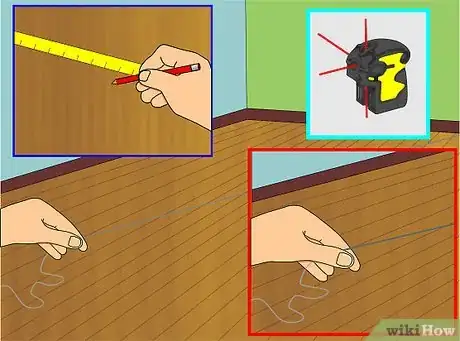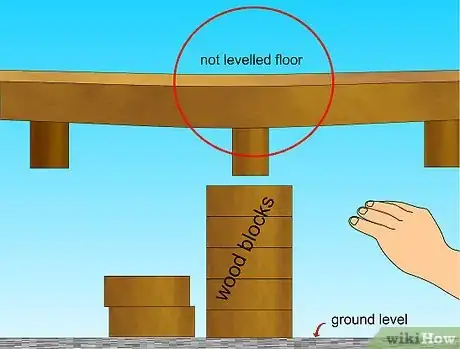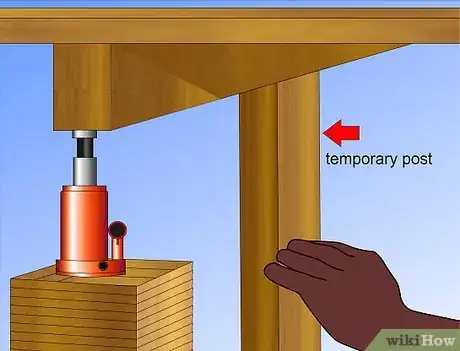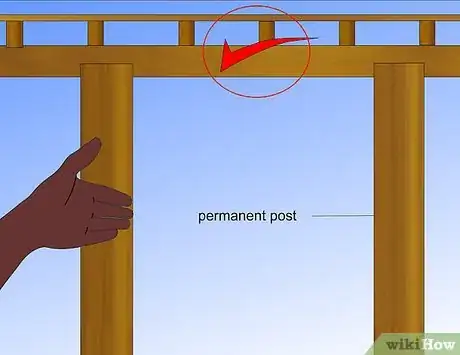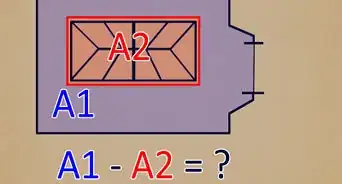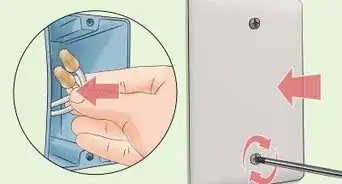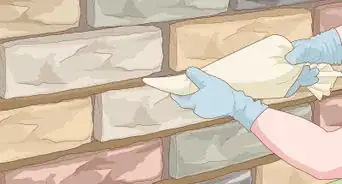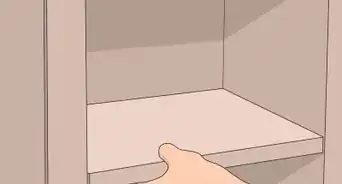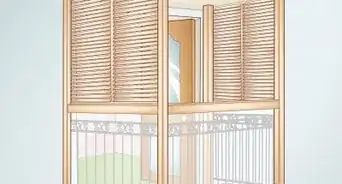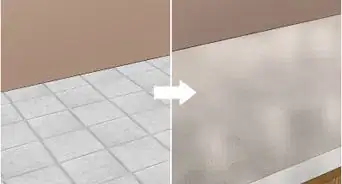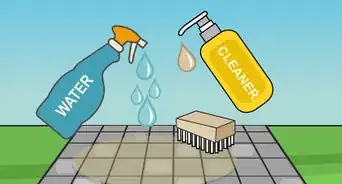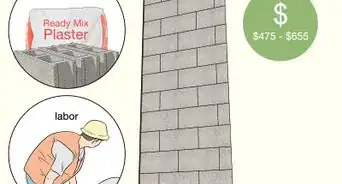wikiHow is a “wiki,” similar to Wikipedia, which means that many of our articles are co-written by multiple authors. To create this article, 26 people, some anonymous, worked to edit and improve it over time.
wikiHow marks an article as reader-approved once it receives enough positive feedback. This article received 14 testimonials and 94% of readers who voted found it helpful, earning it our reader-approved status.
This article has been viewed 476,968 times.
Learn more...
Foundations settle over time. Even brand new houses experience some movement of the foundation. The question is, how do you level a floor that sinks toward the center of a home? And how much of this can homeowners do? Of course, this probably isn't something you should attempt on your own with zero experience; however, having an idea of what goes on can help you make the best decisions for yourself and for you home.
Steps
-
1Consult a qualified Structural Engineer first. The structure may not be as you expect and you may cause more problems than you solve.[1]
-
2Determine how far the middle of the house needs to be lifted. With a taut string, water or laser level, make a straight line from one side of the foundation to the other. You may find this task easier if you hold the string off the sagging floor joists by attaching blocks of the same thickness at opposite sides of the basement. Nail them to the underside of the joists as near the foundation as you can. Measure the distance from that line to the bottom of the floor joists. Repeat this process in several locations under the house.[2]Advertisement
-
3When you know where the lowest portion of the center is located, mark that location.[3]
-
4Build a temporary post using concrete blocks or large blocks of wood. Make sure that the post is located on firm, level ground under the house. Alternate the placement of each layer of blocks by 90 degrees to improve stability.[4]
-
5Buy or rent a hydraulic jack. When the space above the temporary post is adequate to place the jack and reach the structural member above, start jacking the house up. As the house moves, add smaller blocks to support the center of the structure at the new elevation.[5]
-
6When the lowest point has been raised to the height of the next lowest points, remove the jack carefully, allowing the house to rest on the temporary post.[6]
-
7Check for problems that may have been created by movement of the house. (See Warnings below.) Sheetrock cracks may appear.
-
8Build another temporary post and repeat the process.
-
9When the floor is level and stable on the temporary posts, it is time to prepare for permanent supports. Existing supports may be usable with minor modifications. Check the bottom of the supports for rot or other signs of trouble. If the bottom of the posts are no longer sinking, they can remain in place. By cutting the center supports shorter, a new beam can be placed on top of the shortened posts to support the center of the house.
Community Q&A
-
QuestionCan I build up my base plate on my kitchen wall foundation without leveling the back of my house first?
 Community AnswerTheoretically you can, but the concept is that if you do one side and the other later, it will put more stress on the un-leveled side. While it is possible, it is best to get the lowest side up higher first, then lift the sides that are more level. If the base plate on your kitchen is the most un-level, you would be fine starting at that point until it is brought up to rough level with the rest of the un-level areas, then proceed leveling all areas slowly.
Community AnswerTheoretically you can, but the concept is that if you do one side and the other later, it will put more stress on the un-leveled side. While it is possible, it is best to get the lowest side up higher first, then lift the sides that are more level. If the base plate on your kitchen is the most un-level, you would be fine starting at that point until it is brought up to rough level with the rest of the un-level areas, then proceed leveling all areas slowly. -
QuestionWhere should I begin the process of leveling?
 Community AnswerStart at the highest point of the house, and work your way to the lowest, leveling as you go. Use a water level to determine.
Community AnswerStart at the highest point of the house, and work your way to the lowest, leveling as you go. Use a water level to determine. -
QuestionHow long can I leave a stabilizer jack post in place in a mud basement with proper footing?
 Community AnswerProbably not very long. You may want to lay a few inches of concrete down, first. Otherwise, it's just going to sink into the floor and not support anything.
Community AnswerProbably not very long. You may want to lay a few inches of concrete down, first. Otherwise, it's just going to sink into the floor and not support anything.
Warnings
- Moving portions of a structure can cause other problems including but not limited to, plumbing leaks, cracked Sheetrock or plaster, roof leaks.⧼thumbs_response⧽
- Be aware of gas lines that may be present in the structure. Inspect after each movement.⧼thumbs_response⧽
- Many times some of the doors will not close after the house has been leveled. Use an electric planer on the doors where they rub.⧼thumbs_response⧽
- Use of hydraulic jacks can be dangerous. Use proper safety equipment. *Use caution against the peril of heavy objects falling off the jack or the posts.⧼thumbs_response⧽
- Leveling a foundation is a serious undertaking. The more movement required the higher the risk of damage. Be prepared to call a professional especially if small movements cause unexpected, undesirable results.⧼thumbs_response⧽
- Be aware of water lines in the house. Inspect after each movement.⧼thumbs_response⧽
Things You'll Need
- Hydraulic or heavy screw jack(s)
- Steel plates, min. .25 inch (0.6 cm) thick, for load distribution
- Blocks for support
- Tape measure
- Laser level, string line, water level or transom
- Beam material and/or replacement foundation footings
References
- ↑ https://www.oldhouseonline.com/repairs-and-how-to/how-to-fix-sagging-floors
- ↑ https://www.oldhouseonline.com/repairs-and-how-to/how-to-fix-sagging-floors
- ↑ https://www.oldhouseonline.com/repairs-and-how-to/how-to-fix-sagging-floors
- ↑ https://www.youtube.com/watch?v=84qplcTbIBU
- ↑ https://www.fema.gov/pdf/rebuild/mat/sec5.pdf
- ↑ https://www.youtube.com/watch?v=84qplcTbIBU

